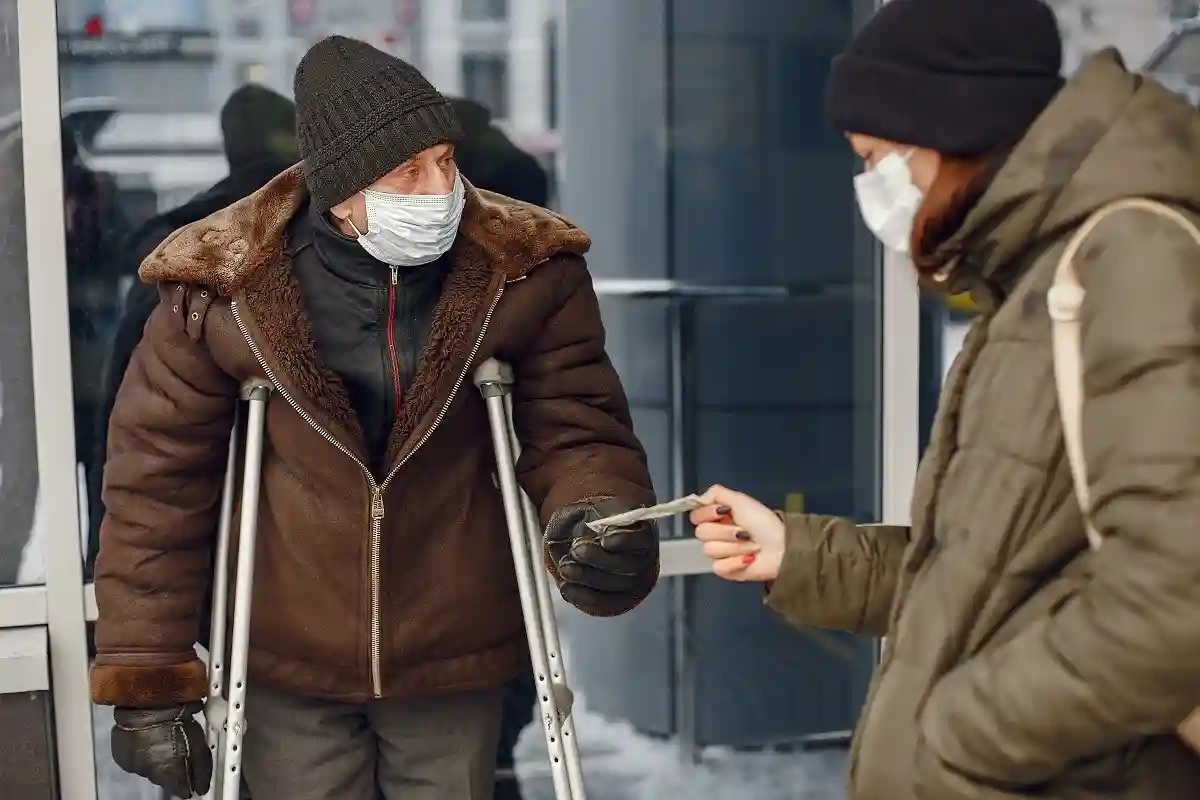Navigating the aftermath of a truck accident can be an overwhelming experience, especially when victims must contend with the complexities surrounding compensation claims. A significant aspect of these claims is the presence of damage caps in truck accident cases. These statutory limits restrict the monetary awards victims can receive and vary greatly from state to state.
For instance, in Lincoln, Nebraska, understanding these caps is essential, as they can profoundly influence the outcome of personal injury claims and affect the victim’s ability to recover fully from the accident.
Key Takeaways
- Understanding how damage caps can limit compensation for accident victims.
- Insight into the variations across states and their implications for victims.
- The role of legal support in navigating capped compensations effectively.
What Are Damage Caps?
Damage caps are legal limits prescribed by the state on the amount a plaintiff can be awarded in certain types of lawsuits. These caps are primarily intended to limit excessive payouts that could impact the cost of insurance and the economic stability of businesses.
However, this measure has sparked considerable debate regarding its fairness and justice, especially towards victims of accidents who might find their compensation significantly reduced. For truck accident victims specifically, damage caps often apply to non-economic damages—such as pain and suffering—and punitive damages, which are intended to punish particularly reckless behavior.
The imposition of damage caps could mean that even if a jury opts to award a significant sum for pain, suffering, or punitive measures, the final compensation awarded might still fall short due to legal restrictions. This is particularly relevant in catastrophic cases where victims might face long-term or permanent disability and the associated costs of ongoing medical care and loss of income capacity.
State Variations and Their Implications
Each state wields its authority in determining the rules and limits for damage caps, resulting in diverse standards nationwide. Some states prescribe firm caps on certain damages, while others have none. This variability can complicate matters for victims seeking equitable compensation for their losses.
For example, in Nebraska, well-defined caps influence both settlements and trial outcomes. Accident victims must understand how these local laws apply to their situations and the potential financial impact they may face due to such caps.
This disparity also affects how cases are litigated across state lines, and it could lead to vastly different outcomes for victims depending on their geographical location.
The Role of Legal Support
Given the intricacies involved in cases affected by damage caps, engaging a skilled attorney becomes invaluable. Personal injury lawyers bring expertise, guiding victims through legal limitations while protecting their rights. An experienced attorney can thoroughly evaluate the circumstances of a case, assess the various damages incurred, and strategize effectively within the bounds of applicable caps to secure the best possible outcome for their clients.
Moreover, legal support encompasses navigating existing caps and challenging them. In certain instances, attorneys can argue against caps, highlighting potential exceptions or demonstrating the unreasonable severity of certain statutory limits. This advocacy is pivotal in pursuing justice and fairness, even under stringent legislative barriers.
Conclusion
Understanding the nuances of damage caps is imperative for truck accident victims pursuing compensation for their injuries. While these caps can impose stringent financial limits on recovery, equipped with the right legal support, victims in places such as Lincoln, Nebraska, can tackle these challenges more effectively.
Victims can strengthen their position in obtaining fair compensation by staying informed, leveraging expert legal counsel, and utilizing reputable resources. Such steps empower them to make informed decisions that respect their financial and personal well-being despite statutory limitations. In this way, they enhance their prospects for achieving a just resolution and sustainable recovery after a traumatic accident.



